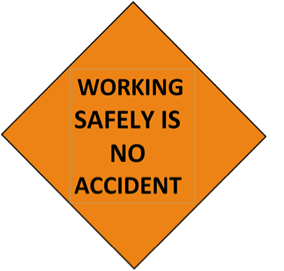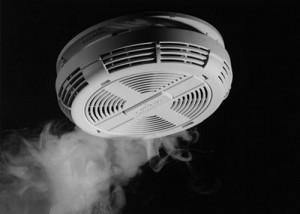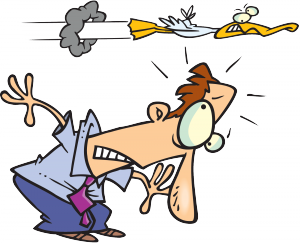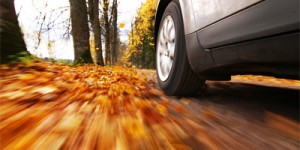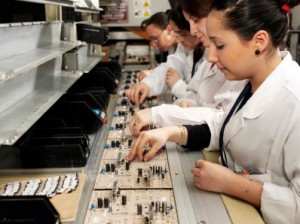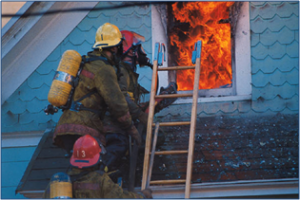 Heating equipment is a leading cause of home fire deaths. Almost half of home heating equipment fires are reported during the months of December, January, and February. Some simple steps can prevent most heating-related fires from happening.
Heating equipment is a leading cause of home fire deaths. Almost half of home heating equipment fires are reported during the months of December, January, and February. Some simple steps can prevent most heating-related fires from happening.
- Keep anything that can burn at least three feet away from heating equipment, like the furnace, fireplace, wood stove, or portable space heater.
- Have a three-foot “kid-free zone” around open fires and space heaters.
- Never use your oven to heat your home.
- Have a qualified professional install stationary space heating equipment, water heaters or central heating equipment according to the local codes and manufacturer’s instructions.
- Have heating equipment and chimneys cleaned and inspected every year by a qualified professional.
- Remember to turn portable heaters off when leaving the room or going to bed.
- Always use the right kind of fuel, specified by the manufacturer, for fuel burning space heaters.
- Make sure the fireplace has a sturdy screen to stop sparks from flying into the room. Ashes should be cool before putting them in a metal container. Keep the container a safe distance away from your home.
- Test smoke alarms monthly.
via Heating safety tips.

